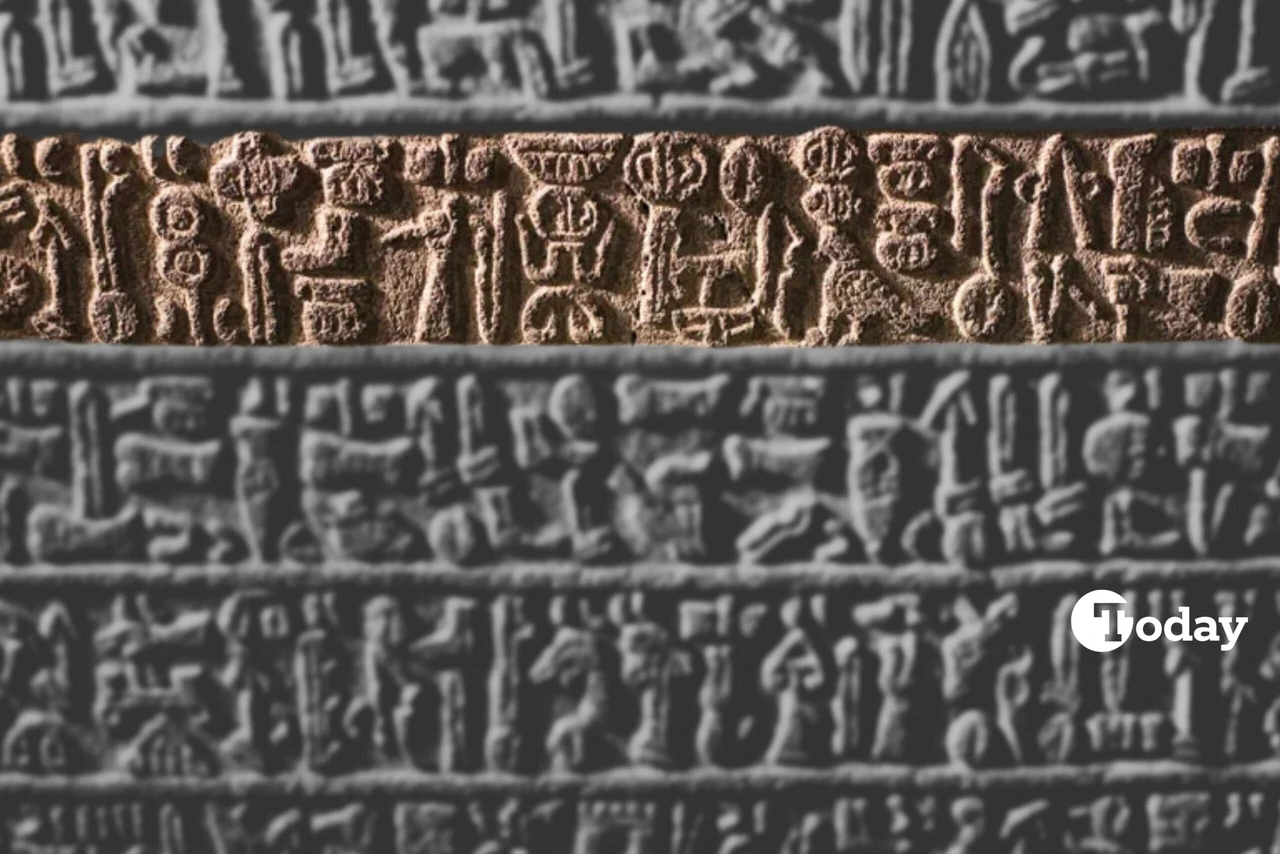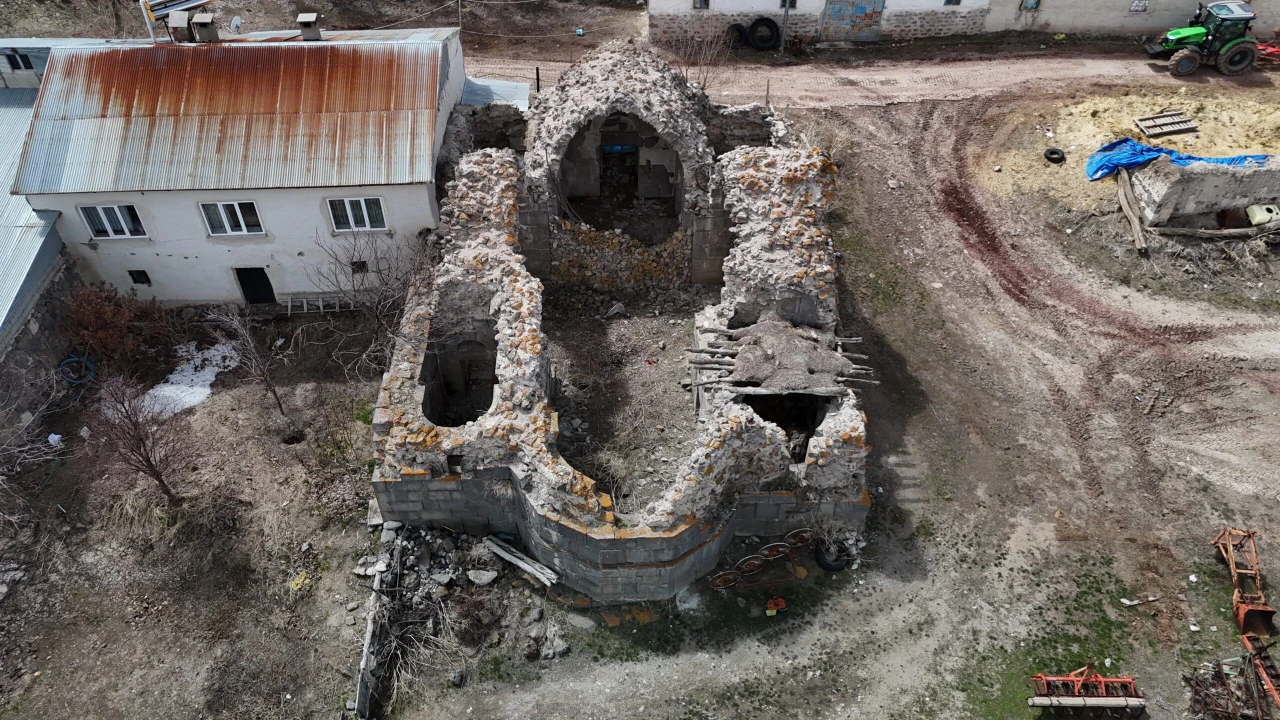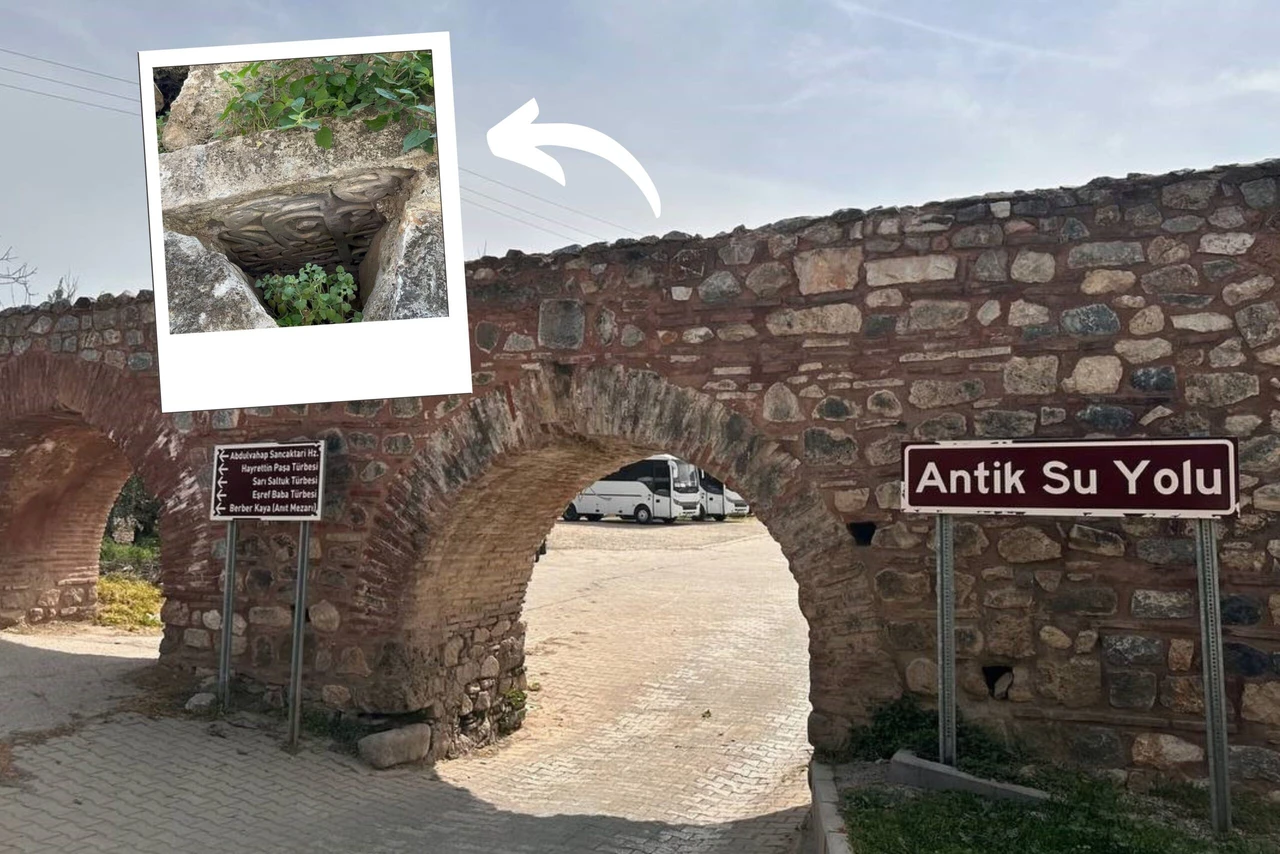Living history: Journey through Turkish villages in European Union
 A Turkish village where no Turks live: “Faymonville”, Belgium, March 14, 2024 (Photo by T24)
A Turkish village where no Turks live: “Faymonville”, Belgium, March 14, 2024 (Photo by T24)
Scattered across Europe, tucked away in unexpected corners, lie villages that whisper tales of a bygone era. From Moena in Italy to Turkeye in the Netherlands, Purbach in Austria, and Faymonville in Belgium, these villages hold the legacy of the Ottoman Empire, revealing a fascinating blend of Turkish and European cultures. But what specific marks has Turkish culture left in these European villages? Let’s start examining the answer to this question from the Turkish village in Italy.
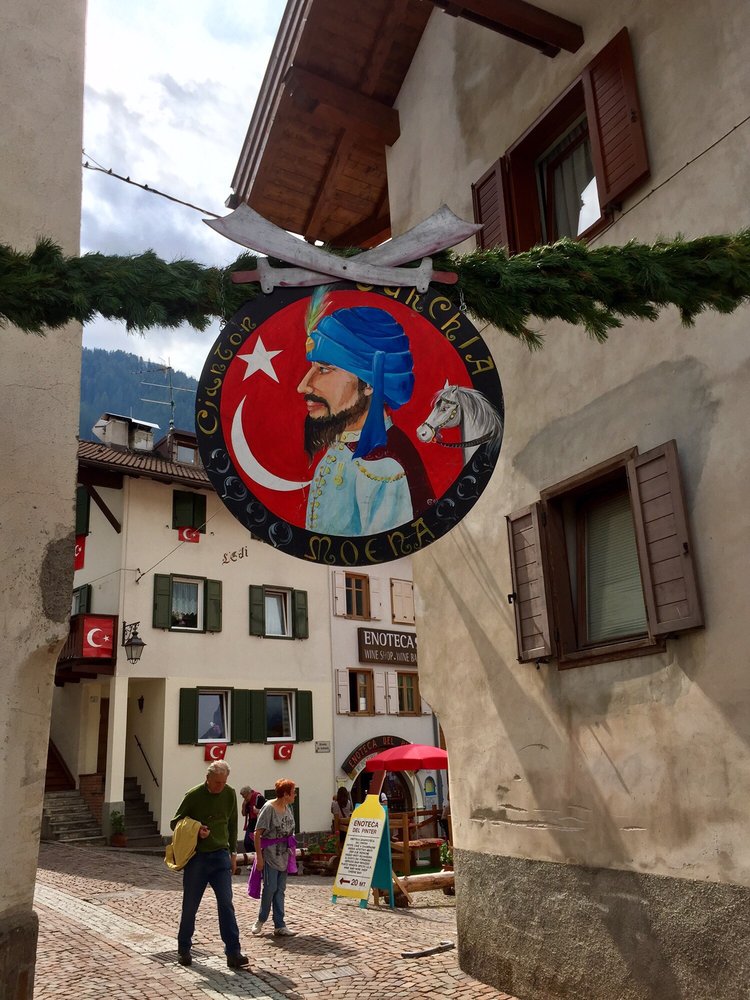
Turkish village in heart of Italy: Moena
What would you think if we told you there’s a village in Italy adorned with Turkish flags? This village is known as Moena, also called Rione Turchia, nestled in the enchanting heart of the Dolomites in northern Italy.
Surrounded by mountains like Catinaccio, Sassolungo, Monzoni, and Latemar, Moena proudly displays the Turkish flag. The existence of such a village in Italy might surprise many, but it has a historical background dating back to the Ottoman era, giving rise to a community that identifies itself as Turkish today. Let’s delve into the history of this Turkish village together.
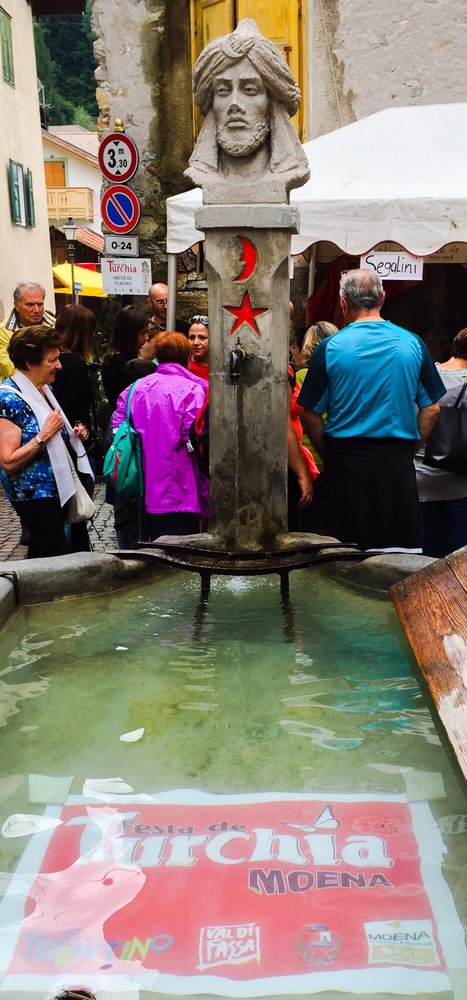
Moena’s place in Ottoman history
This surprising story begins with a wounded janissary, a member of the elite infantry units in the Ottoman army, left alone in a country thousands of kilometers away from home. According to legend, a janissary named Hasan, fluent in Russian, Italian, and German, served as an intelligence officer in the Ottoman army.
According to Orhan Yeniaras’ book “El Turco,” Hasan, under the guise of a Christian priest, gathered intelligence in Venice, Vienna, Berlin and Rome multiple times.
However, everything changed when the Ottoman Grand Vizier Kara Mustafa Pasha ordered him to gather information about 12 Ottoman agents who went missing before the Second Siege of Vienna in 1683. Hasan’s criticism of the decisions that delayed the attack during the siege reduced the Ottoman’s chances of winning.

Despite orders for his execution, Hasan managed to escape to Moena, about 200 kilometers away. The people of Moena, who opened their doors to the injured Ottoman janissary, gave him the name “El Turco.” By marrying an Italian woman, Hasan became one of Moena’s wealthiest citizens.
Hasan continued to follow the traditions of the Ottomans by wearing a sword and a turban. However, the peace was short-lived. When German lords raided Moena, Hasan sprung into action. Hasan joined the villagers against the unjust tax system of the Duchy of Augsburg and led them to fight against the Germans.
Hasan, known as “El Turco,” became the hero of the town. Moena has continued to be known as La Turchia or Rione Turchia since that day.
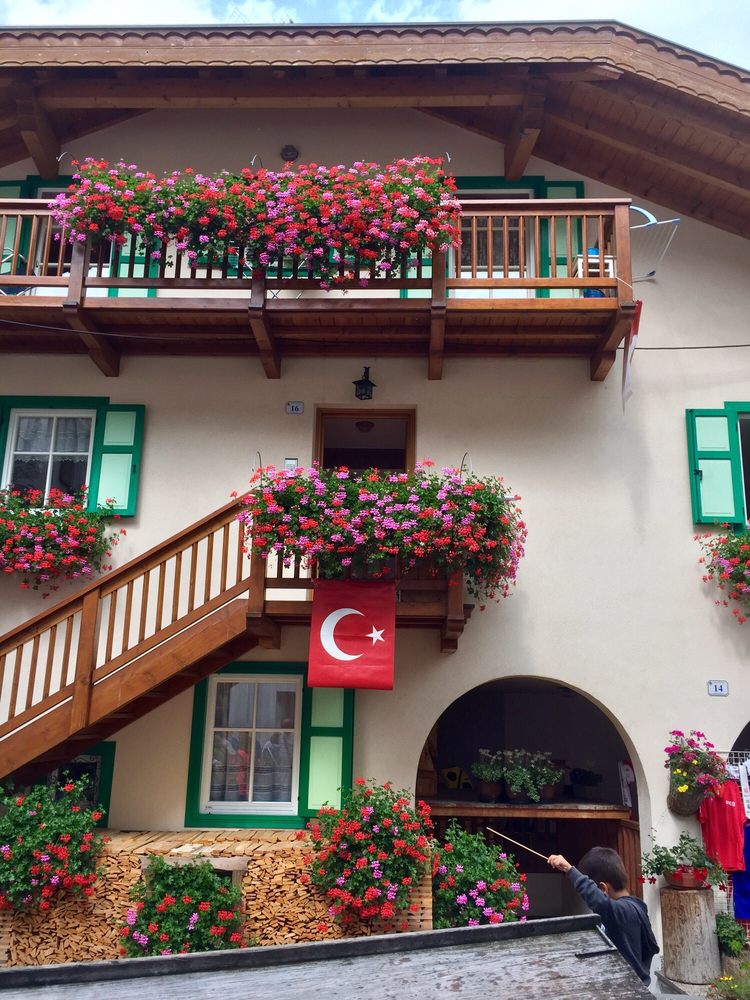
Moena Turkish Festival and Ottoman tradition continues
Hasan’s story has become part of Moena’s identity, passed down through generations. The Turkish flag continues to honor Hasan’s memory.
The people of Moena live like Turks from the Ottoman era to the present day. This tradition continues to be celebrated at the Moena Turkish Festival. Every year in the first week of August, the festival is held, where people celebrate in janissary costumes.
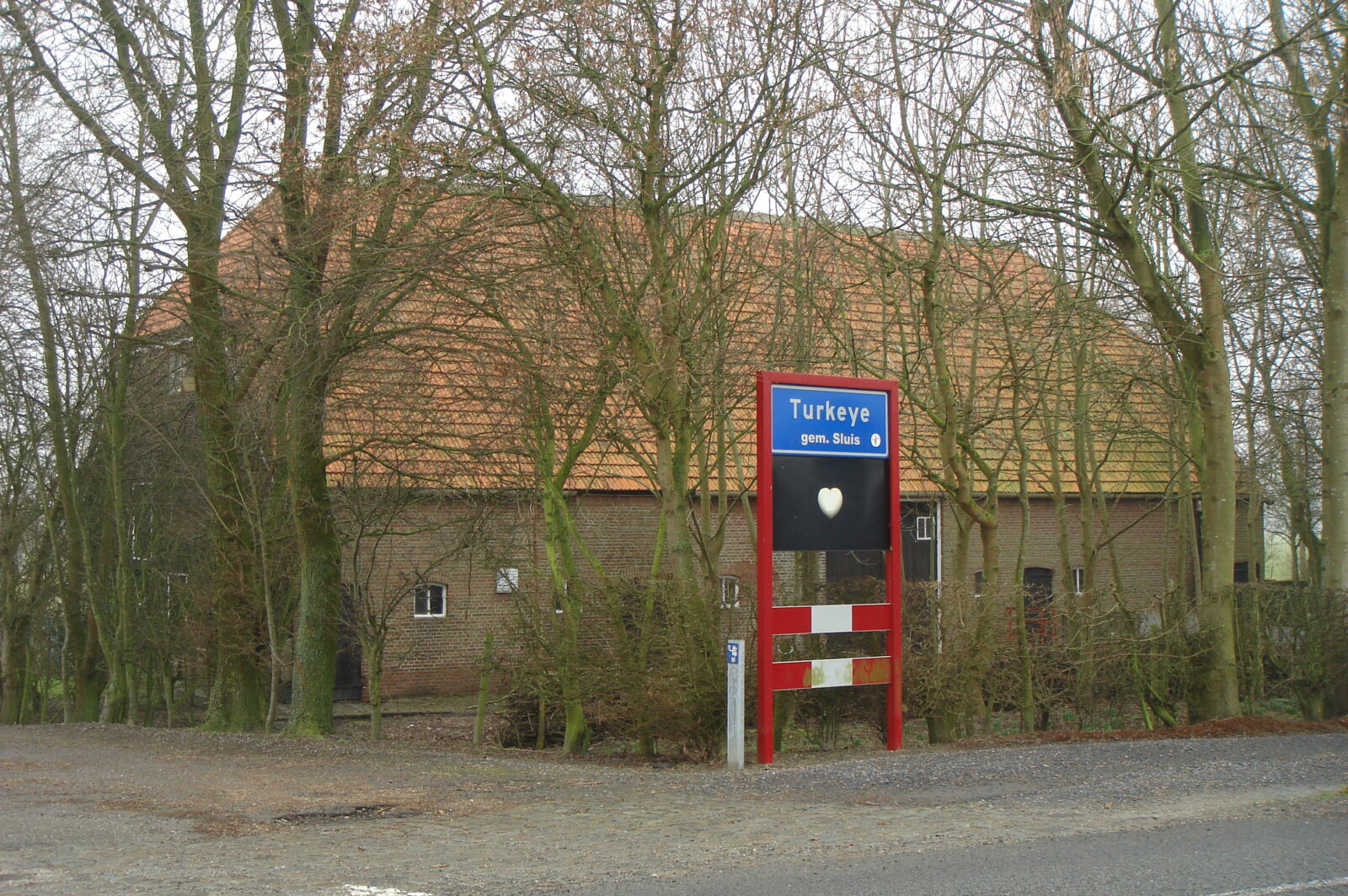
Village named Turkeye
Located in the center of the Netherlands, the village named Turkeye has been living under the Turkish flag for 412 years.
This village stands out as a symbol of the great victory and friendship earned between Turks and Dutch throughout history.
Where did Turkeye’s story begin?
The village of Turkeye, located in the Zeeland province under the Oostburg district near the Belgian border of the Netherlands, carries deep traces of Ottoman and Dutch history.
The name of the village was given during the period of Dutch Prince Maurits from 1590 to 1604, as a symbol of the assistance received from the Ottomans by the Dutch in their wars against the Spaniards.
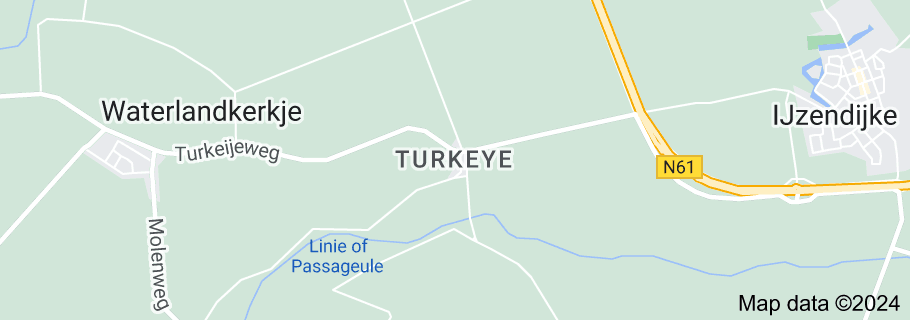
First visitor from Türkiye, artist Baris Manco
The village’s first Turkish visitor was the famous artist Baris Manco. Manco conducted an interview with Monique Sturm, the village’s volunteer ambassador, on his program “From 7 to 77” and made a significant impact on the village.
Sturm describes Manco’s visit to the village with these words: “Baris Manco came one day, did the shooting. We didn’t know who he was. Later I learned that he was very famous in Türkiye.”
Ottoman traces and Turkish culture
Although there are no Turks living in the village of Turkeye, the villagers refer to themselves as “Turks.” Many artifacts and traces from the Ottoman period can be found in the village.
In the village square, a tulip-shaped fountain crowned by a turbaned figure and an Ottoman crescent moon takes center stage. The walls whisper stories of past sultans through vibrant paintings, and some houses proudly display plaques inscribed with the powerful Turkish phrase “Ne mutlu Turkum diyene” (How happy is the one who says “I am a Turk”).
The town of Sint Anna Ter Muiden, located 15 minutes from the village of Turkeye, also bears Ottoman traces. In the 1600s, the local people helped a distressed Ottoman trade ship, and in return, the Ottoman sultan invited the town’s people to Istanbul.
The sultan presented a silver crescent to the Dutch, which was included in the town’s coat of arms. Therefore, the people of Sint Anna Ter Muiden are known as Turkeye of the Netherlands.
The village of Turkeye offers visitors an extraordinary experience by combining traces of Turkish culture and Dutch hospitality in the Netherlands. This village, which preserves Turkish culture and history in the Netherlands, also attracts great interest from Turkish visitors.
Access to the village of Turkeye is quite easy. It can be easily reached by train or bus from major cities in the Netherlands, especially Amsterdam, Rotterdam, and The Hague. The warm atmosphere and historical textures that greet visitors in the village reveal how strong this unique bond with Türkiye truly is.
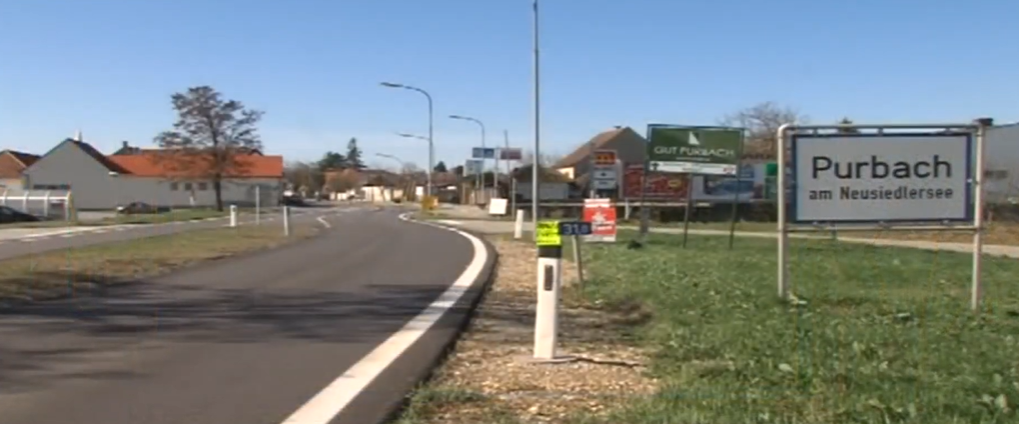
Legacy of Yeniceri Muhammed in Austria: Purbach Village
Located 50 kilometers from Austria’s capital Vienna near the Hungarian border, Purbach is filled with traces from the Ottoman period. These traces originate from Yeniceri Muhammed, who captured the hearts of the locals during the Second Siege of Vienna with his actions.
Known in history as the “Turk of Purbach,” Muhammed is commemorated annually in August with festivals dedicated to his name, keeping his story alive through generations.
Who is Yeniceri Muhammed?
According to the tale, during the Second Siege of Vienna, Muhammed entered a house, found some food to eat, and satisfied his hunger. Exhausted, he fell asleep only to awaken to Josef, the homeowner.
Ashamed, Muhammed tried to escape by climbing up the chimney but was unable to flee. Full of remorse for his actions, he vowed to do whatever it took to make amends.
Josef, the homeowner, called the village priest to decide Muhammed’s punishment. The priest suggested that Muhammed would be forgiven if he converted to Christianity. Muhammed accepted this offer, converted to Christianity, and began working for Josef, living out his life in the village of Purbach.
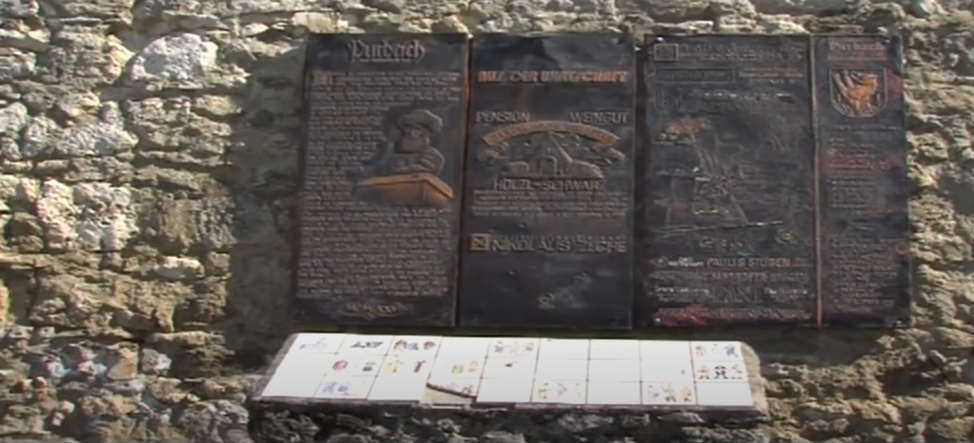
What are traces of Yeniceri Muhammed in the village?
Muhammed, a lifelong resident of Purbach, was known for his incredible generosity. He played a vital role in bridging the gap between Austrians and the Ottoman Empire. By fostering understanding, he helped dispel misconceptions many Austrians held about the Turks.
The Turkish Festival, held annually in August for over 300 years, celebrates Muhammed’s legacy. The municipality of Purbach has erected a small statue on the chimney of the house where Muhammed was caught. This statue, known as the Turk of Purbach, has become a symbol of the village.
The house where Muhammed was caught has been transformed into a historic restaurant and wine house named “Turken Keller” (Turk’s Cellar). A table for four placed inside the fireplace is one of the most preferred spots for tourists to make reservations.
Although it is mentioned that Muhammed settled and married in Purbach, concrete information about his grave and relatives is not available. However, the statue erected in his memory and the festivals held annually continue to preserve Muhammed’s legacy.
Purbach village, as a beautiful example of Turkish and Austrian history, has sustained the friendship and cooperation between the two nations for centuries. With its historical depth and cultural richness, this village continues to enchant its visitors.
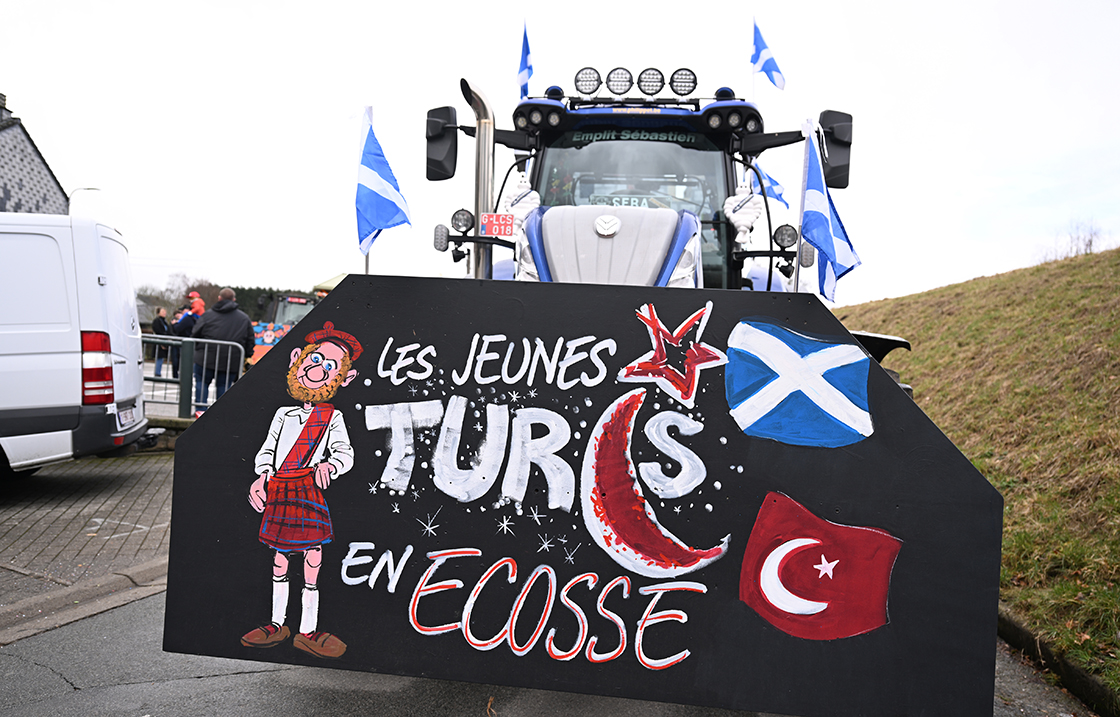
Turkish village in Belgium, at heart of EU: Faymonville
Faymonville, a village in the Walloon region of Belgium’s Liege province under the Waimes district, stands out with its Turkish identity. Despite having no Turkish residents, this identity holds a proud and unifying meaning for both the villagers and Turkish residents settled across Europe, palpable in every corner of the village.
Crescent and star as emblem
Situated amid mountainous and dense forests, the captivating nature of Faymonville hosts a small population of 925 residents. While strolling through the village, one can see crescent star symbols and the word “Turk” inscribed everywhere.
A concrete Turkish flag is embedded in the entrance floor of the old town hall, and the wind vane on its roof also displays the same flag. The cultural center in the village square and the emblem of the football club “R.F.C. Turkania” also feature the crescent star.

Turkish festival held regularly like in other countries
The traditional festival held nationwide in February is celebrated with a unique enthusiasm in Faymonville. Turks from different parts of Belgium and neighboring countries also participate in this festival.
Organized by a group called “Les Turkania Mohnen,” also known as “Jeunes Turcs” (Young Turks), the festival kicks off with a crescent-star band team. Following this, vehicles throwing confetti parade with young people dancing in colorful costumes. This festival fosters warm communication between the Walloon people and Turkish residents settled across Europe.
Carine Georges, a 75-year-old resident of Faymonville and one of the festival’s organizers, inadvertently refers to the villagers as “Turks” and considers being “Turkish” part of their identity.
Georges proudly states, “We are proud of this.” She attributes the village’s designation as “Turkish” to a legend based on a tax story that villagers did not want to pay. Georges notes that this legend is very ancient and has been narrated in different ways by various sources. However, this story has helped preserve the village’s identity.
Legends about village’s Turkish origins
There are three common legends associated with Faymonville. The first involves refusing to send soldiers for the Crusades in the 12th and 13th centuries. The second legend dates back to the 16th century when the village began to be referred to as “Turks” by neighboring villages for not wanting to pay taxes to the church, which was collecting money to fight against the Ottoman Empire. The third legend attributes the village’s survival from German occupation to its Turkish identity, which further strengthened its identity.
Faymonville holds a unique place in Europe with its Turkish identity. This small village stands out as a beautiful example of friendship and cooperation established between Turks and Belgians throughout history. The village’s carnival and cultural heritage continue to celebrate this culture of friendship and coexistence.
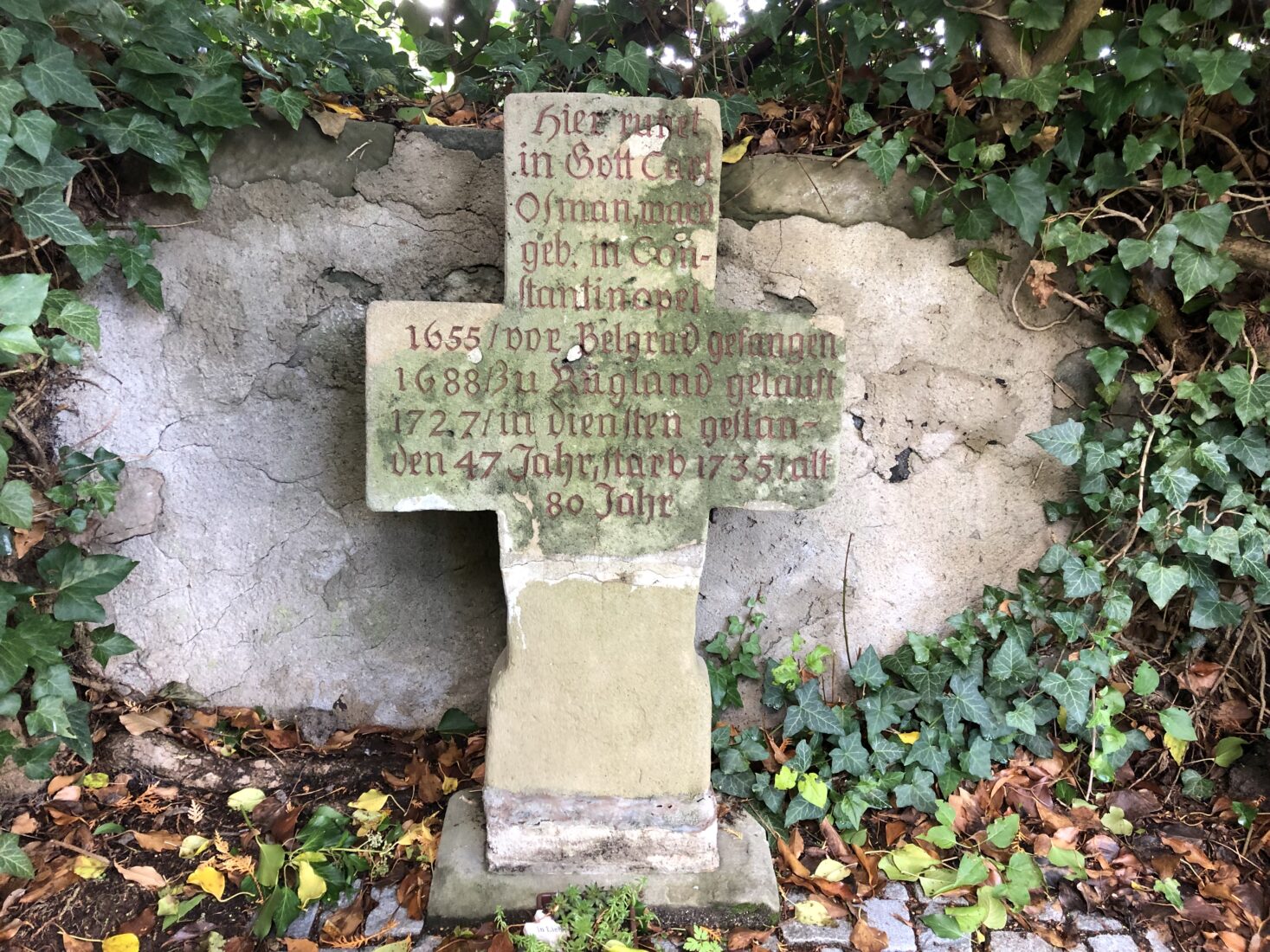
Bonuses from Germany
During the Second Siege of Vienna, some captured Ottoman soldiers were baptized and integrated into various German cities. Historical records in Germany detail the lives of over 600 such former soldiers, with names like “Carl Osman.” These men, initially war prisoners, likely spent their remaining years in these new communities. Southern Germany even has settlements with the prefix “Turk,” like “Turkenfeld.”
According to legends, raids were conducted from Austria to Southern Germany during the wars between the Ottomans and the Crusaders. These wars, known as “Turkenkriege” (Turkish Wars), indicate that Ottoman raiders reached major cities such as Regensburg or Augsburg.
The geographical names in Southern Germany commemorate these wars. Following the Second Siege of Vienna in 1683, some captured Ottoman soldiers were distributed and settled in these regions.
During that period, there was a widespread fashion in Europe to emulate the Turks. Under the influence of this fashion, Ottoman culture and spoils garnered great interest. Margrave Ludwig Wilhelm von Baden, also known as “Turkenloui,” gained fame for his association with Turkish spoils. These spoils, known as “Turkenbeute,” were captured from the Ottoman headquarters and divided among the German lords who participated in the war.

